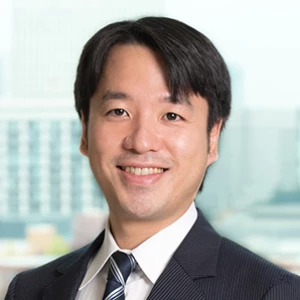Our Approach to Supporting Power and Utilities Players
At BCG, we use our deep commercial, technical, and regulatory expertise to support a broad range of companies, advising both regulated and unregulated power and gas players worldwide on their transmission and distribution, generation, and retail businesses.
Our power and utilities consulting team enables companies to set a strategic direction and drive toward a net zero future. In addition to advising on strategy, we help our clients build new capabilities, such as flexibility management, and solve difficult operational issues, such as delivering massive capital projects in a supply chain-constrained environment. We also support their engagement with governments and regulators on market design and regulatory reviews.

ネットゼロに向けた戦略的方向性
ネットゼロ対応の業務変革
- 次世代のエネルギーシステム構築に向けた計画と資金調達 ガス・電力コンサルティングチームは、再生可能エネルギー資源や分散型エネルギー資源(DERs)の利用、将来の需要の電化を実現するための送配電ネットワーク設計を支援します。また、気候変動の影響を考慮し、相互に関連するエネルギー資源間で最適な意思決定ができるようサポートします。
- 将来に向けた設計、構築、接続:電力・エネルギー供給事業者は、脱炭素社会の実現に必要なインフラを、これまでにない速度と規模で構築するという大きな課題に直面しています。BCGのコンサルティングチームは、大規模資本プログラムやメガプロジェクトのリスクを軽減し、制約の多い供給市場で効率的に運営できるよう支援します。また、デジタル技術を活用した高度なエンジニアリング能力の構築や、再生可能エネルギー、新規負荷、蓄電池に対応するための接続プロセスの再設計をサポートします。
- ネットワークの運用とバランス調整 送配電事業者は、以前よりも大幅に変動性の高い需給を管理する必要があります。これには、システムの可視性を向上させるツールや、新たな顧客対応方法が求められます。BCGは、さまざまなアプローチを通じて、電力システムの潜在的な能力を引き出す支援を行います。
コスト効率の良いエネルギー転換を支えるネットゼロ対応の取り組み
BCGの電力、エネルギー供給領域における支援
Our Clients’ Success in Power and Utilities

電力・エネルギー供給事業におけるソリューションとツール


電力・エネルギー供給事業 | 最近の論考














